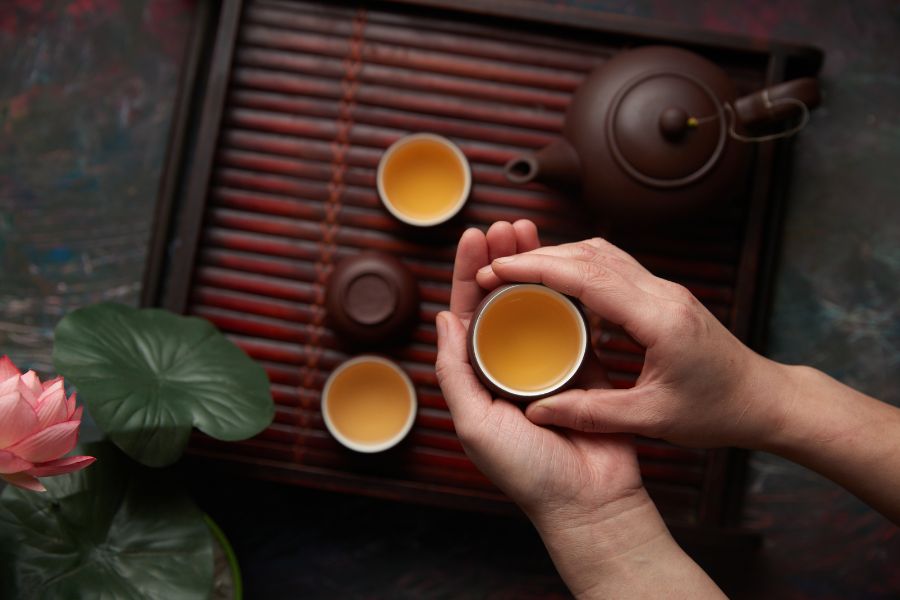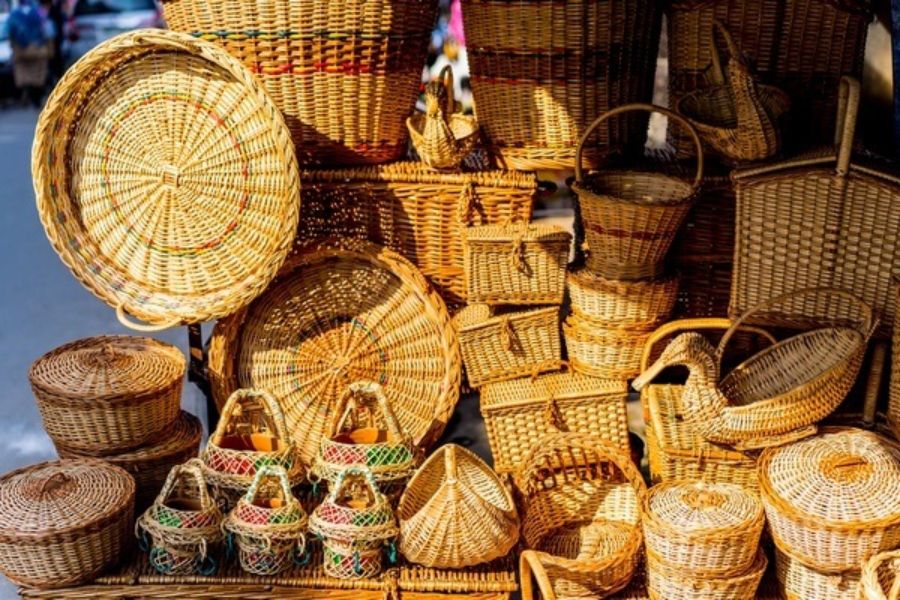Ceramic Pottery & Porcelain - Are You Confusing These Two Concepts?
Traditional ceramic making is one of mankind's first crafts, having appeared thousands of years ago. Originating from simple, easy-to-find materials such as clay, water and fire, ceramics have a rustic, intimate beauty and contain the cultural quintessence of each nation. But until now, many people are still confused about the concepts of ceramic and porcelain. To help you answer your questions, as well as get more useful information, don't miss this article by Chus!

Ceramic and porcelain have been familiar in daily life for a long time
What is ceramic?
Vietnamese ceramics have been around for a long time, dating back more than 25,000 years, closely associated with human development. At first, ceramics were used mainly for essential purposes such as building houses, making household utensils such as ceramic cups, ceramic bowls, etc. Gradually, handmade ceramics were developed. diverse in form and pattern and become a unique form of art.
Ceramic is a material made up of clay, stone powder and water, shaped into desired shapes and fired in a kiln at high temperatures (from 600°C to 1600°C). After firing, ceramics become hard, durable and very waterproof.
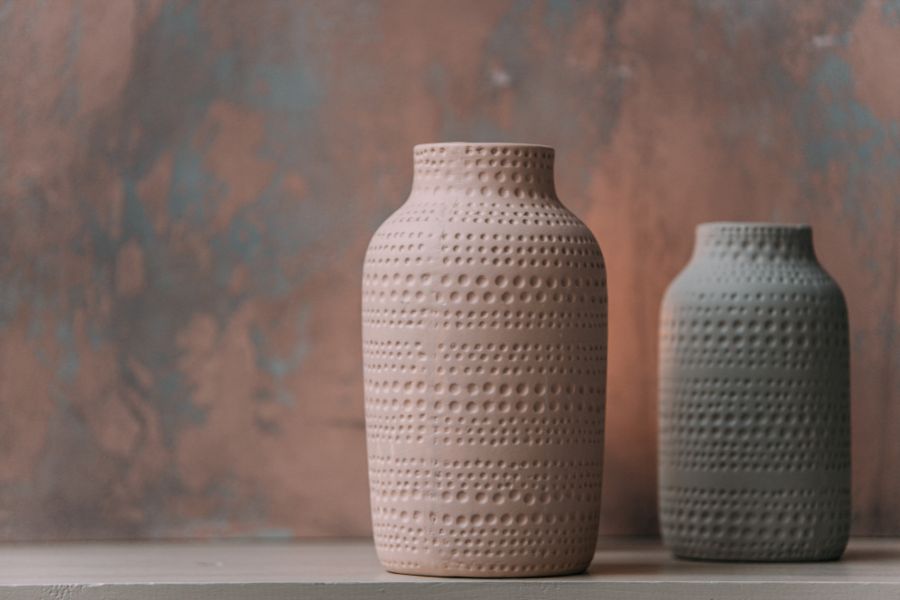
Gốm được nung ở nhiệt độ từ 600 độ C
What is porcelain?
Porcelain is a form of high-quality ceramic made from kaolin clay, fired at high temperatures ranging from 1200°C to 1450°C and has many outstanding advantages compared to conventional ceramics. Porcelain has a higher hardness than regular ceramic, due to the crystalline structure formed during high-temperature firing. But the porosity is lower than ceramic and is almost waterproof. Thanks to that, porcelain has better waterproofing ability, is easy to clean and does not stain.
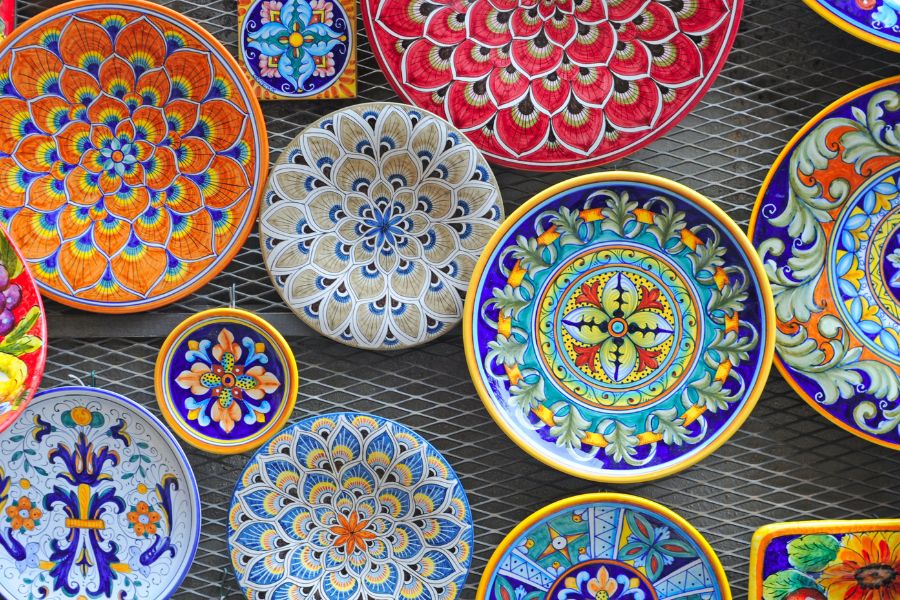
Porcelain is more waterproof than ceramic
Besides, porcelain is often glazed, creating a shiny, smooth and beautiful surface.
Thanks to its advantages, porcelain is widely used in many different fields, especially the production of decorative objects and household items such as dishes, cups, teapots, flower vases, lavabos, and tiles. ,...
Why do many people confuse ceramic and porcelain?
Ceramics is a familiar term often used to refer to items made from fired clay. Perhaps because this name is often used, many people still confuse ceramic and porcelain. But besides that, perhaps because of the similarities in both materials and designs, it still creates a lot of confusion.
-
Both ceramic and porcelain are made from clay as the main ingredient, with impurities, soil, and water also mixed. However, porcelain clay is usually purer and has a higher kaolin content than ceramic clay
-
Both ceramics and porcelain go through basic steps such as shaping, drying, and firing. However, the firing temperature for porcelain is higher than ceramic (from 1200°C or more) compared to ceramic (from 600°C).
-
Ceramic and porcelain both have high hardness and durability, can withstand impact and be used for a long time. However, porcelain has a higher hardness than ceramic because it is fired at a hotter temperature.
-
Artisans can use hand-painting, embossing, engraving, etc. techniques to create ceramic products with unique and sophisticated patterns.
-
Both ceramic and porcelain are widely used to make household items such as cups, plates, bowls, cups, vases, etc. Besides, their aesthetic value is also highly appreciated and is used for home decoration. door, office,...
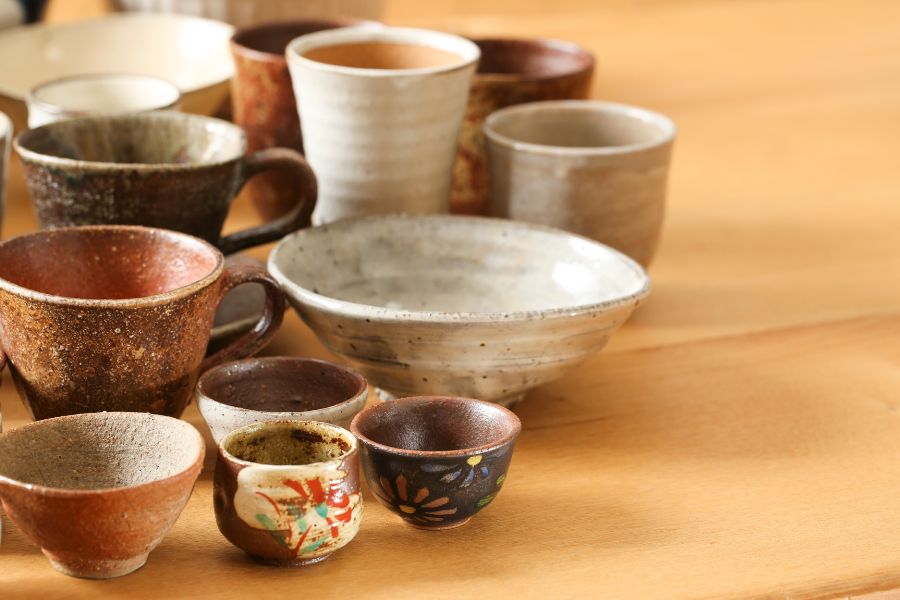
Should I use ceramic or porcelain?
Since ancient times, ceramics have become familiar items in human life, contributing to adding more color to household items, decorations, etc. However, with the diversity of Types and designs, choosing whether to use ceramic or porcelain always makes many people wonder. So, which is the right choice for you?
Advantages and disadvantages of ceramics:
-
Pottery is often cheaper than porcelain due to simpler materials and production processes.
-
Normally, handmade ceramic products will have natural, warm colors and a rustic beauty, close to nature.
-
Ceramic is a material with good heat retention ability, but not as good as porcelain, but still suitable for use in rustic dishes such as rice, soup, salty dishes,...
-
But besides that, ceramic has lower durability than porcelain, and is susceptible to cracking when subjected to strong impacts.
-
Because clay is ceramic and can be mixed with many different impurities, if the clay is not heated for enough time and temperature, it can be contaminated with lead, causing negative effects on your health.
Advantages and disadvantages of porcelain:
-
Porcelain is more durable than ceramic, less prone to cracking when impacted.
-
Porcelain has better heat resistance than ceramic, can be used in ovens, microwaves,...
-
Porcelain is made from kaolin clay, fired at a much higher temperature than ceramics, so the finished product is also safe for the user's health.
-
Porcelain has a smooth, shiny enameled surface so it is very easy to clean and sanitize.
-
There are many rich and diverse colors and patterns, meeting all aesthetic needs that you can choose to suit your personal preferences.
-
But compared to ceramics, porcelain often has a high price due to its raw material composition and more complex production process.
-
Porcelain is considered to have a modern and luxurious beauty, so it may not be suitable for rustic and rustic restaurant and eatery spaces
Both ceramics and porcelain have their own advantages and disadvantages. Which type to choose depends on your usage needs, personal preferences and budget. The above suggestions cannot give you the exact answer, but Chus believes that you have made your own decision.
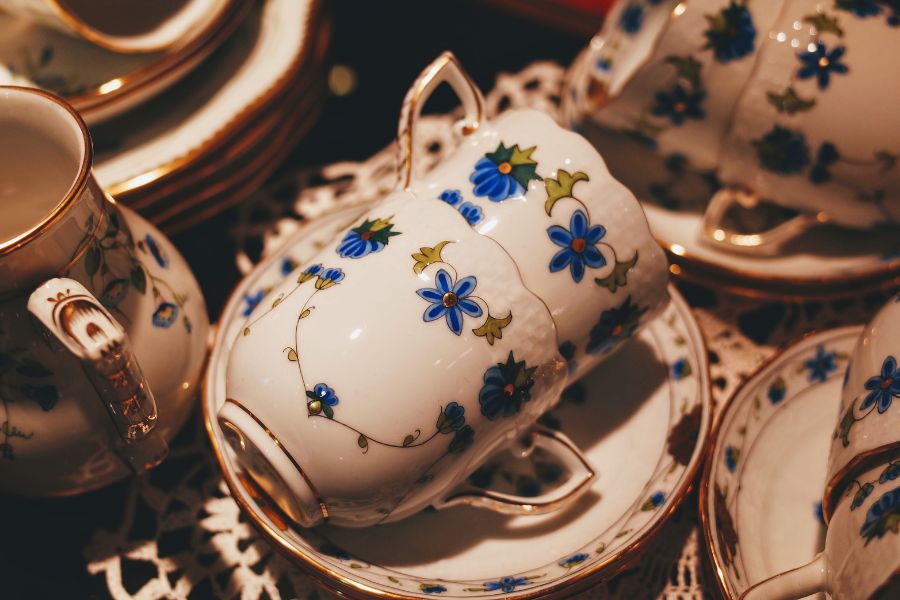
Depending on personal preference, you can choose ceramic or porcelain
Conclusion
Above are some shares revolving around the topic of how to help you limit confusion between ceramics and porcelain. Hopefully this article has provided you with more useful information for life.
Ceramics are not only simple handicraft products but also a very valuable part of the traditional cultural heritage of humanity. To be able to refer to and choose to buy ceramic products from quality brands, please contact CHUS directly for specific advice.



